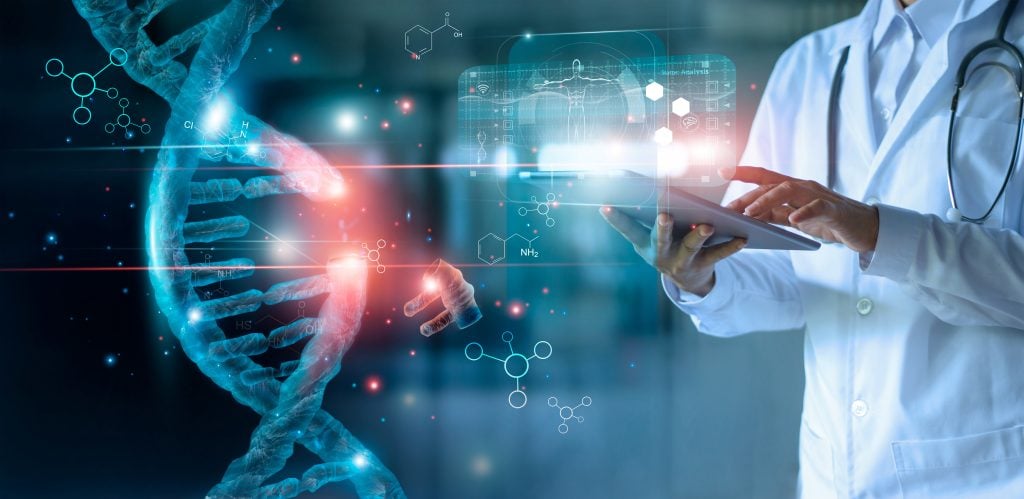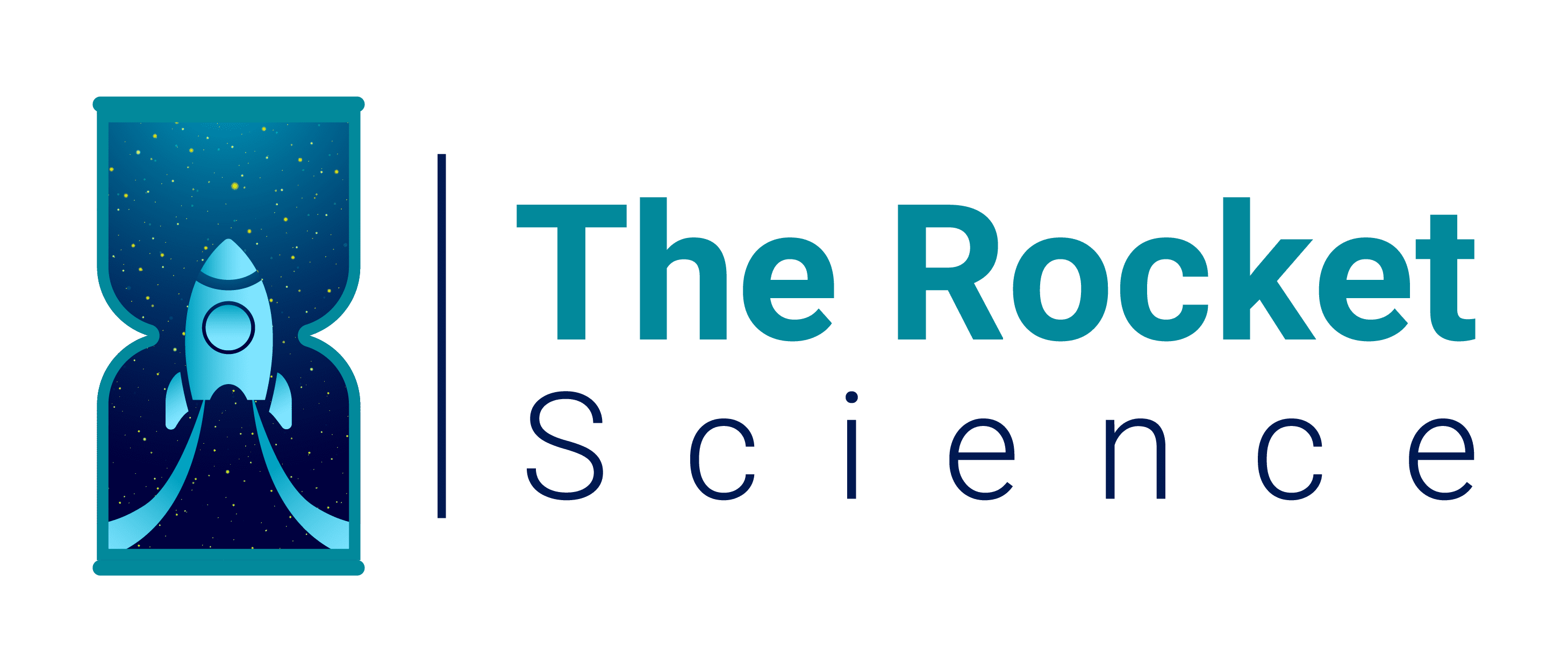Mind-Blowing Biological Discoveries
Biology is an incredibly diverse science. It studies life from many microscopic beings, like viruses and bacteria, to deep history megafauna. Molecular biology specialists can create a new life and modify the existing genomes from scratch. Some of these discoveries are;
Scientists Find 15,000-Year-Old Viruses From Tibetan Glacier

The study’s lead author, Zhi-Ping Zhong, stated that many viruses were found deposited in the ice. They are yet to study all the glaciers in western China, but one thing is sure, many of the viruses are unknown to humans. The study of the viruses would unveil hidden secrets of a world long ago forgotten.
DNA Structure
Like the discovery of heritage and evolution, there is a well-known history of discovering DNA structural material, from the first image of a double helix in 1952 by Rosalind Franklin and the double helix model in 1953 by James Watson and Francis Crick. However, DNA had been identified as a primary hereditary information point by Oswald Avery in 1944. But its significance in our understanding of so much common knowledge in biological sciences cannot ignore the structure of DNA.

Bacterial Transformation
In 1928 Frederick Griffith discovered bacterial transformation while experimenting on two bacteria strains of Staphylococcus pneumonia. Griffith discovered that the traits from the dead bacteria could be transferred into living ones. The process was called transformation. The discovery of Griffith helped determine the heritage role of DNA. The development of genetic engineering is also influenced by the discovery of transformation and bacterial plasmids. We also understand how antibiotic resistance is distributed in bacterial populations because of our knowledge of bacterial transformation.
RNA Sequencing
In 1977 Frederick Sanger developed a method to determine the exact sequence with DNA polymerase, pre-made elements, and radioactive nucleotides of the nucleotides in the genome. His method was considerably more straightforward and faster than previous methods and significantly accelerated the sequencing of DNA in bacteria, viruses, and later people.
